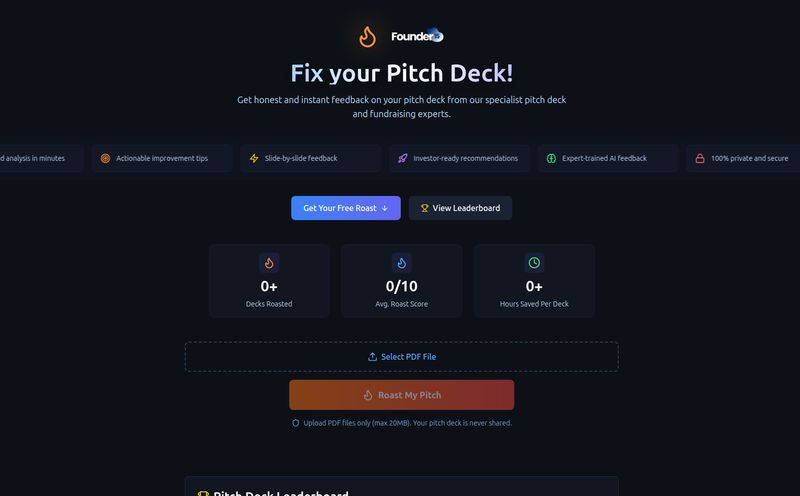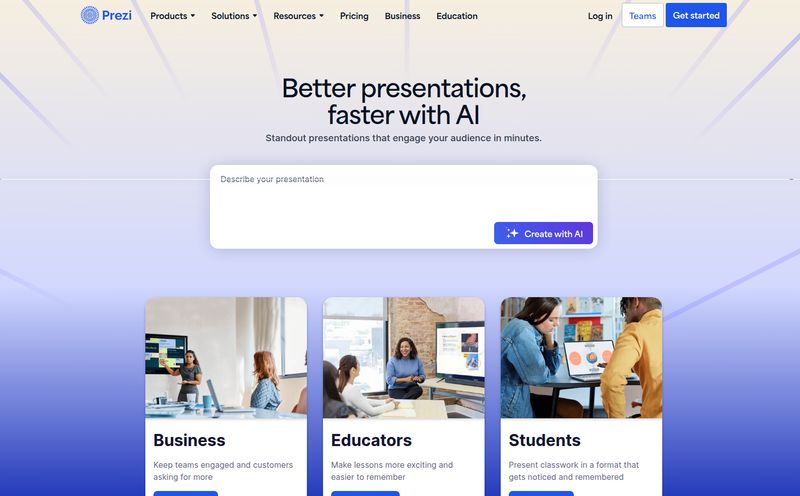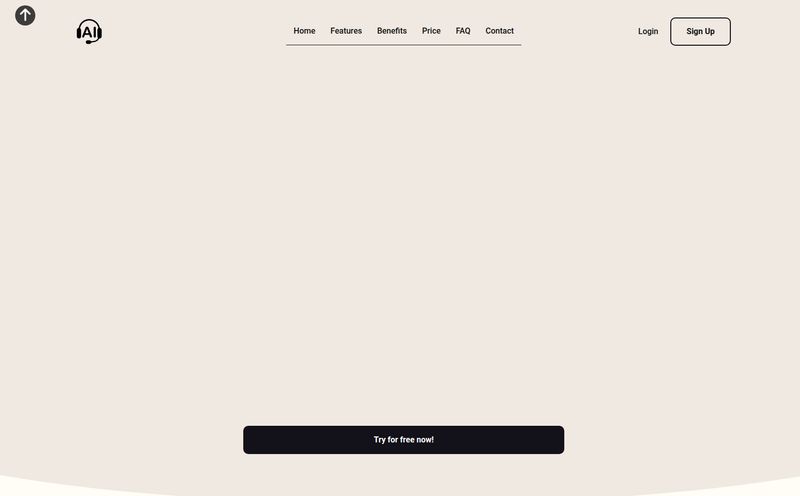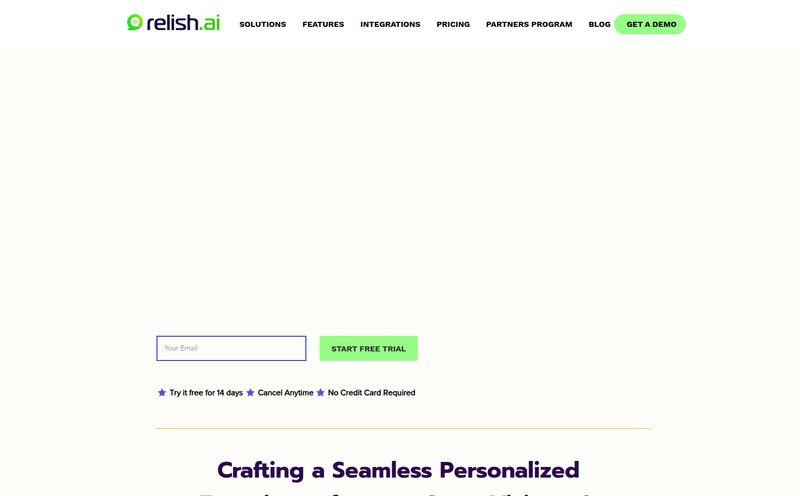Job hunting as a UX or UI designer can feel like you’re screaming into the void. You spend hours, days, even weeks perfecting your portfolio, tweaking your resume until the words blur together, and then you fire it off into the great digital abyss of LinkedIn or Indeed. And then… crickets. Or worse, you get a rejection email from a company you know you were perfect for, probably because your resume didn't have the exact keyword an automated ATS scanner was looking for.
It's a grind. I've been in the SEO and traffic game for years, and I've seen how algorithms can make or break visibility. The same thing is happening with job applications. So when I stumbled across a new platform called Drawerrr, my curiosity was definitely piqued. It claims to be an AI-powered co-pilot specifically for UX/UI job seekers. An AI sidekick to help you navigate the chaos? Sign me up.
So, What's the Big Deal with Drawerrr?
First off, this isn’t just another job board with a fancy filter. I’ve seen a million of those. Drawerrr’s whole pitch is different. The idea is to use artificial intelligence to actively help you, the designer, land a better job. It’s not just about listing openings; it’s about making you the best possible candidate for them.
Think of it like this: You have a raw slab of marble—that’s your talent and your collection of projects. Most job sites just give you a list of galleries that might want to display marble. Drawerrr, on the other hand, promises to be the AI-powered chisel that helps you sculpt that marble into a masterpiece and then points you to the gallery that’s been looking for that exact sculpture all along. It’s a bold claim.
A Look Under the Hood at the AI-Powered Features
Drawerrr seems to hang its hat on a few core promises. It’s not about reinventing the wheel, but rather, adding some serious tech-driven horsepower to it.
AI Portfolio and Resume Analysis
This is the feature that really caught my eye. The platform says it uses AI to assess your portfolio and resume, then gives you guidance on how to align them with the roles you’re targeting. We all know that tailoring your application is rule number one, but man is it time-consuming. If an AI can genuinely scan a job description, look at my case study, and say, “Hey, you should really emphasize the user research part for this role,” that’s a game-changer. It’s like getting feedback from a senior designer before you even hit ‘apply’.
Highly Targeted Job Matching
The second piece of the puzzle is the job matching. Because Drawerrr is laser-focused on the UX/UI world, you’re immediately cutting through the noise. No more sifting through listings for a “UX/UI Graphic Design Marketing Ninja” that’s really just a social media manager job in disguise. The platform aims to connect you with jobs that you'd actually want—those hidden gems you might otherwise miss. It’s quality over quantity, a principle I deeply appreciate in a world obsessed with big, noisy numbers.
Personalized Career Guidance
This one is a little more abstract, but it’s interesting. Drawerrr talks about helping to “steer your UX design career.” I take this to mean it’s not just about your next job, but your next five jobs. By analyzing your skills and the jobs you’re interested in, it could potentially spot skill gaps or suggest types of projects you should pursue to get on the right trajectory. That’s a far cry from the shotgun approach most of us are used to.
My Honest Take: The Good, The Bad, and The AI
Okay, so the concept is cool. But does it hold up in the real world? Like any tool, especially a new one, there are upsides and some things to keep in mind.
On the plus side, the niche focus is a massive win. The generalist job sites just can't compete with that level of specificity. For designers tired of explaining what a wireframe is, a platform that just gets it is a breath of fresh air. And the core promise of AI-driven optimization is, frankly, brilliant. It’s what everyone tries to do manually, just automated. In theory, this saves dozens of hours and increases your hit rate. It’s a huge potential advantage.
However, let’s ground ourselves in a little reality. The effectiveness of the entire platform hinges on how good its AI actually is. If the analysis is generic or off-base, the main benefit disappears. There's also a bit of a chicken-and-egg situation: the platform seems to work best if you already have a decent portfolio and resume to analyze. For someone just starting out with a blank slate, it might be less helpful. And of course, if you’re a professional outside the UX/UI bubble, this tool simply isn’t for you.
And About That 404 Page...
While I was clicking around, trying to find more details, I hit a dead end. But it wasn’t just any dead end. It was a Firebase 404 page with a nerdy “You Shall Not Pass!” warning. And you know what? I wasn’t even mad. It was charming!
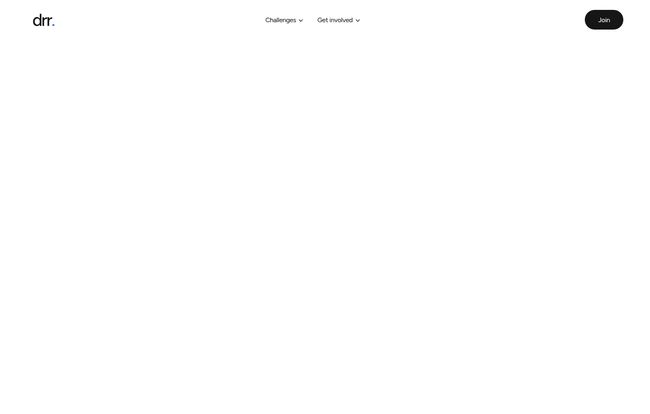
Visit Drawerrr
To me, this little quirk says a lot. It suggests Drawerrr is probably a young, scrappy startup. They’re not some faceless corporate monolith. They're building something new, and there might be a few rough edges or missing pages. I kind of respect that. It feels more authentic, more human. It’s a good reminder that there are real people behind the algorithms, probably designers just like the ones they're trying to help.
Who Is This Platform Really Built For?
So who should be sprinting to sign up for Drawerrr? In my opinion, it’s not for the absolute beginner with an empty portfolio. I think the sweet spot is the junior to mid-level designer. You've got a few projects under your belt, you know your stuff, but you’re struggling to package it effectively or find roles that are a true step up. Drawerrr could be the perfect mentor to help you polish your presentation and find those next-level opportunities.
I could also see it being valuable for senior designers who are tired of the recruitment spam and want a more curated, discreet way to find very specific, high-impact roles. It lets them bypass the noise and get straight to the signal.
What's the Damage to My Wallet?
This is where things get a bit mysterious. After a good bit of searching, I couldn't find a pricing page. Zilch. Nada. This usually means one of a few things in the tech world:
- The tool is in a free beta period to attract early users and gather feedback.
- They're operating on a freemium model that they haven't detailed yet.
- Pricing is custom, maybe for recruiters or businesses who pay to access the talent pool.
For now, it seems like you can poke around without pulling out your credit card, which is always a plus. I’ll definately be keeping an eye on this and will update if I hear more.
Frequently Asked Questions About Drawerrr
Is Drawerrr just another fancy job board?
Not really. While it does connect you with jobs, its main function is to be an AI-powered career assistant. It focuses more on optimizing your existing portfolio and resume to make you a stronger candidate, rather than just listing thousands of open roles.
Can I use this if I'm a graphic designer or a developer?
As of now, it seems Drawerrr is exclusively for UX and UI designers. Its entire AI model and job pool are built around the skills, roles, and terminology of that specific field.
Do I need a perfect, finished portfolio to use Drawerrr?
It seems you need some work to get the most out of the AI analysis. It's designed to help you optimize and align what you already have, so having a few case studies or projects ready will give the AI something to work with.
How accurate is the AI, really?
That's the million-dollar question. The tool's value lives and dies by its algorithm. Early adopters will likely be the ones to determine how insightful and accurate the AI's recommendations truly are. It's a classic "your mileage may vary" situation, especially with new technology.
Is Drawerrr free to use?
Currently, there's no public pricing information available. This often indicates a tool is in a free beta phase for job seekers. It's best to check their site for the most current information.
Final Thoughts on Drawerrr
So, is Drawerrr the future of the UX/UI job search? It’s too early to say for sure, but I'm optimistic. The concept is spot-on. It addresses a real, frustrating pain point for a very specific community, and it does so with a modern, tech-forward approach.
In a sea of generic, one-size-fits-all platforms, a specialized tool like Drawerrr feels like a well-designed life raft. It won't magically create a portfolio for you, but it just might be the AI-powered navigator you need to steer your career into the right port. I, for one, am genuinely excited to see how it grows and evolves. It’s one to watch.
References and Sources
- Nielsen Norman Group - UX Portfolios: A Practical Guide
- Harvard Business Review - How to Make AI-Powered Recruitment a Force for Good
